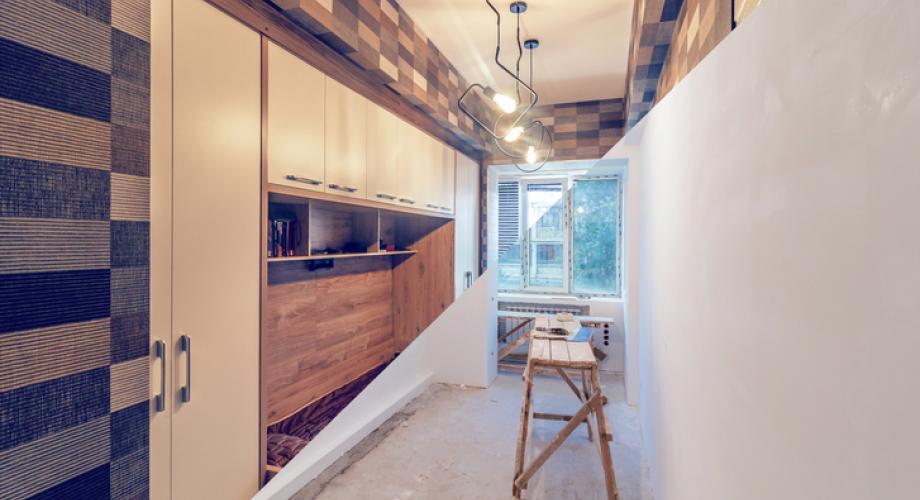For a renovation to work, the property management team must be on board.
Regardless of how great your renovation is, if the onsite team isn’t selling it to residents and prospective residents, success will be an uphill battle.
“When you do a pro forma, you should have [an idea] of the rent increases an innovation will drive,” Travis Oden, Vice President of Asset Management at Camden, said at NAA’s Maximize Conference, Sept. 23–24, in Atlanta. “You need to get your operations on board to achieve those goals.”
Including the onsite team early on can help. “Giving the property management side a voice in the process makes it easier on the back end,” says Tim Reardon, COO at Bridge Property Management.
FCP also thinks it’s important to get onsite input. “Our [onsite] team knows what’s in high demand as they interact with the resident and prospects daily. We value their feedback and contributions,” says Cristina Istrate, Senior Analyst, Asset Management, at the company.
While the onsite staff’s input is valuable, Oden says there needs to be a balance. In the past, Camden has run into trouble when the onsite team has driven the renovation choices. That’s one reason the company now relies on its in-house construction, facilities and design team to coordinate and help execute renovations.
“We don’t want our [onsite] team to play HGTV,” Oden says. “Then it turns into an endless reposition [when it really should take three years to complete and last seven to 10 years].”
Ryan Kirby, a Vice President at Village Green, agrees that it saves money on the front end if a company has an in-house renovation team. “You need to understand going into the renovation who’s on your team,” he says. “Make sure you have the right people on the bus to execute.”
Once the renovation is complete, pictures of the upgraded spaces can sell the community. “Everything we do [centers] around how a community photographs,” Kirby says. “In our new digital environment, photos that capture a prospects' attention and provoke emotion can be the difference between performance and underperformance.”
Making sure those images are properly taken and uploaded falls to the onsite team. “Every time we complete a capital project, we look to the onsite team to get professional photos as quickly as possible so we can begin marketing the renovation online,” says Johnny Gregorio, Senior Associate, Eagle Rock Advisors.
Keep Tabs
Selling the upgraded apartment is important, but so is tracking which ones have been renovated. Without that knowledge, it’s hard to really know how successful your renovation is.
“Data entry is the key,” says Peggy Panzer, Vice President of Business Development at Laramar Group. “As soon as a unit is fully renovated, we change the unit type. Each step of our renovation is fed into the system, which then tracks certain data points, such as the number of days vacant, in construction and until move-in as well as the lift in rent.”
Turnover in team members also impacts data. “It’s not uncommon for a newer team member to make errors in entry or forget to make entries altogether,” Panzer says. “Depending on the error or omission, it may not be easy to spot on tracking reports, but it will certainly skew data.”
Some apartment companies rely on property staff to change apartment home tags, but that practice isn’t universal. “I prefer to have someone in the corporate office monitor back end amenity tags,” Gregorio says.
Regardless of whether property staff take the photographs or tag the upgraded apartments, it’s important to remember not to overburden them.
“You need to think about [onsite] staff [and their workload] when you’re doing a renovation,” says Ivy Christman, COO at Quest Management Group.
Kirby says it is important not to overpromise on what can be achieved in-house. “You can encounter trouble doing property management functions and you don’t want those tasks to fall by the wayside,” he says. “Our maintenance teams need to keep an acute focus on resident retention and at times when we don’t have enough staff to both manage the property and do in-house renovations, the potential for current residents to suffer is more likely.”
